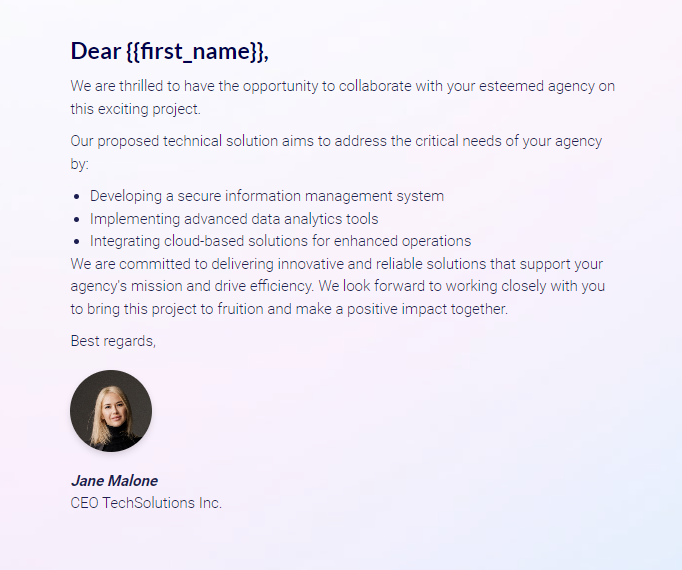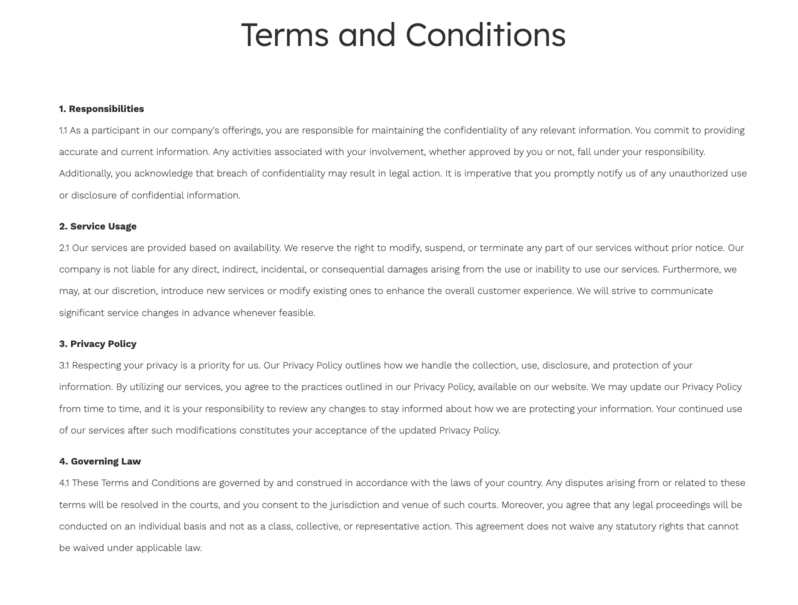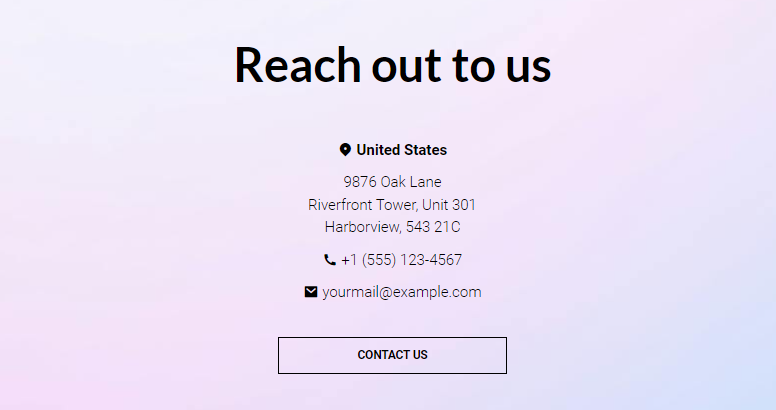RFI Response Examples to Boost Success Rates (+Templates)
Learn to write a response to an RFI that gives you an edge, with tips on what to include in an RFI response and RFI response examples usable as templates.


Learn to write a response to an RFI that gives you an edge, with tips on what to include in an RFI response and RFI response examples usable as templates.
Short answer
Cover slide
Executive summary
About us
Project details
Team
Implementation plan
Deliverables
Social proof
Pricing details
Terms and conditions
Next steps slide
Read on for a full breakdown of what to put on each slide ⤵
An RFP (Request for Proposal) calls for suppliers to offer detailed plans on how they'll handle a project or service, including costs.
An RFQ (Request for Quotation) is used when the needs are clear and the buyer just wants price quotes for specific quantities of products or services.
An RFI (Request for Information) gathers preliminary information about suppliers’ capabilities before more formal procurement begins.
RFIs (Requests for Information) are commonly used by businesses and government agencies across sectors like construction, technology, and healthcare.
These organizations use RFIs to collect essential information from potential suppliers or service providers, helping them understand what’s available in the market and evaluate different vendors before making formal procurement decisions.
Stop losing opportunities to ineffective presentations. Your new amazing deck is one click away!

















